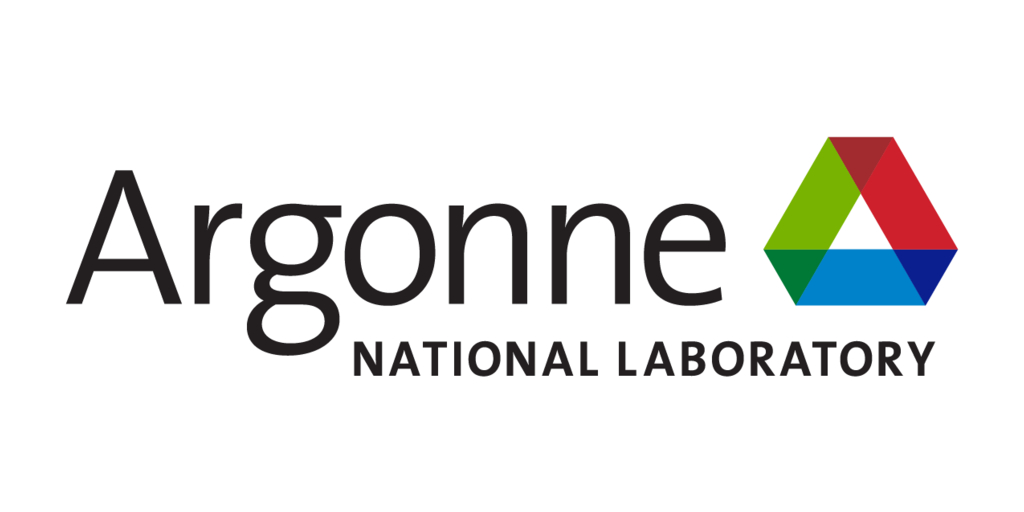Argonne’s Virtual Models Pave the Way for Advanced Nuclear Reactors
LEMONT, Ill.–(BUSINESS WIRE)–Digital twins are virtual replicas of real-world systems, offering transformative potential across various fields. At the U.S. Department of Energy’s (DOE) Argonne National Laboratory, researchers have developed digital twin technology to enhance the efficiency, reliability, and safety of nuclear reactors. This technology leverages advanced computer models and artificial intelligence (AI) to predict reactor behavior, aiding operators in making real-time decisions.
According to Rui Hu, an Argonne principal nuclear engineer, this digital twin technology marks a significant advancement in understanding and managing advanced nuclear reactors. It enables rapid and accurate predictions and responses to changes in reactor conditions.
Digital twins allow scientists to monitor and predict the behavior of small modular reactors and microreactors under different conditions. The Argonne team applied their methodology to create digital twins for two types of nuclear reactors: the now-inactive Experimental Breeder Reactor II (EBR-II) and a new type, the generic Fluoride-salt-cooled High-temperature Reactor (gFHR). The EBR-II digital twin served as a test case to validate the simulation models.
The core of this digital twin technology is graph neural networks (GNNs), a type of AI that processes data structured as graphs, representing interconnected components. GNNs excel at recognizing complex patterns and connections, offering powerful insights into systems where relationships are crucial. By preserving the layout of reactor systems and embedding fundamental physics laws, GNN-based digital twins provide a robust and accurate replica of real systems.
The researchers utilized the Argonne Leadership Computing Facility (ALCF), a DOE Office of Science user facility, to train the GNN and perform uncertainty quantification, which involves identifying and reducing uncertainty in models.
GNN-based digital twins are significantly faster than traditional simulations, quickly predicting reactor behavior during various scenarios, such as changes in power output or cooling system performance. They achieve this by training on simulation data from Argonne’s System Analysis Module (SAM), a tool for analyzing advanced nuclear reactors. The trained model can make accurate predictions based on limited real-time sensor data, supporting better planning and decision-making, and potentially reducing maintenance and operating costs.
Additionally, digital twins can continuously monitor reactors to detect anomalies. If unusual behavior is detected, the system can suggest changes to maintain safety and smooth operation.
Argonne’s digital twin technology offers numerous advantages over traditional methods, providing more reliable predictions by understanding how all reactor parts work together. It can be used for emergency planning, informed decision-making, and potentially autonomous reactor operation in the future. This innovation represents a significant step forward in the development and deployment of advanced nuclear reactors, ensuring they operate safely, reliably, and efficiently while reducing costs and extending component life.
Contacts
Christopher J. Kramer
Head of Media Relations
Argonne National Laboratory
Office: 630.252.5580
Email: media@anl.gov




